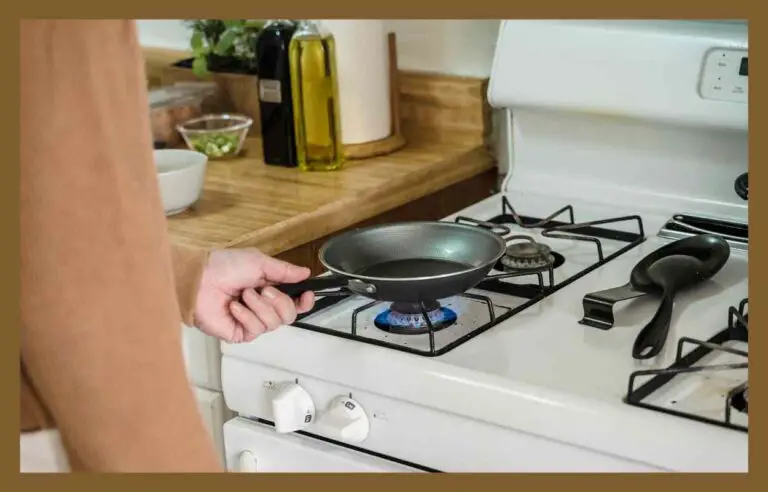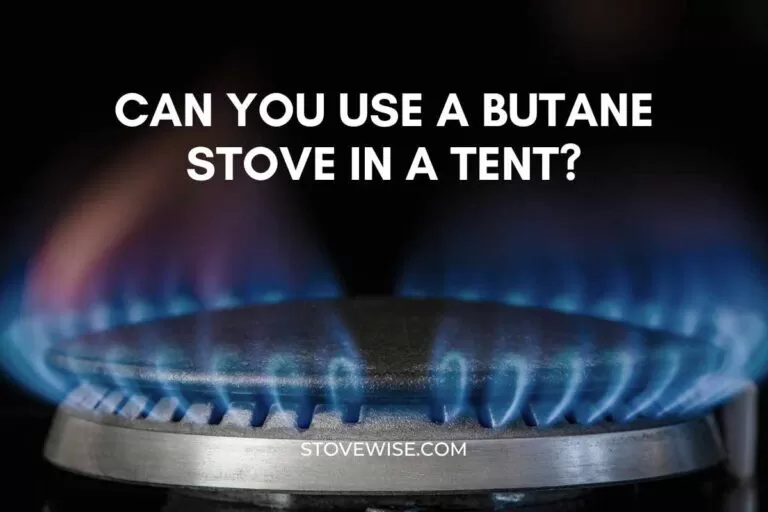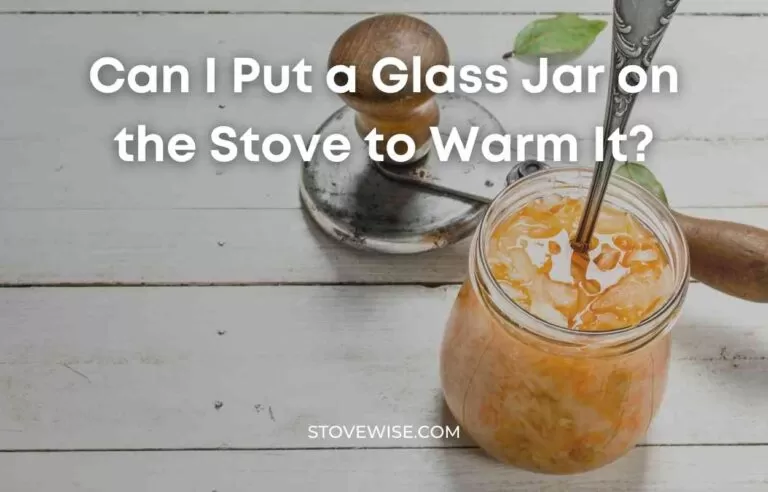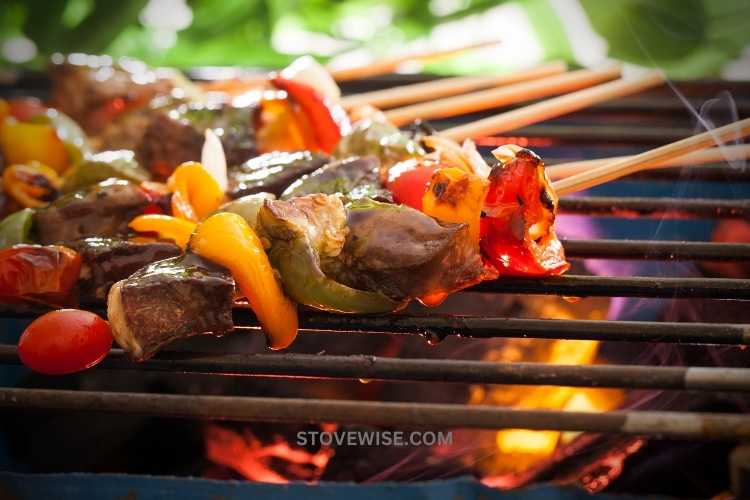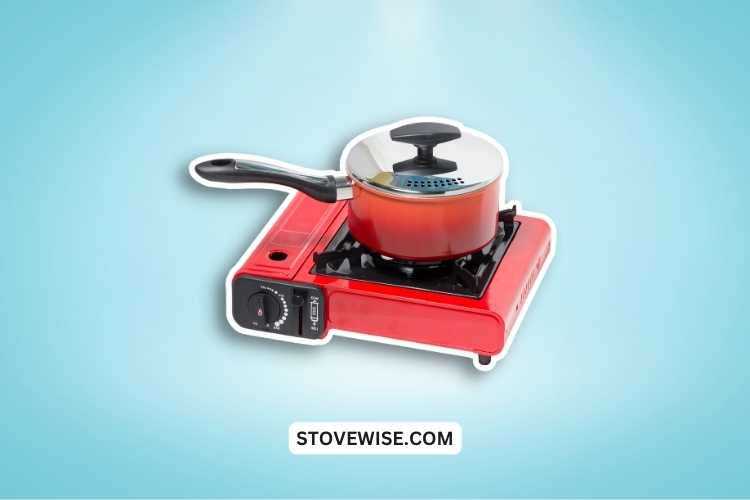What Is Low Heat On A Stove?
Cooking is an art, and the stove is the artist’s canvas. Whether you’re a professional chef or a home cook, understanding how to use the heat settings on your stove is essential for creating delicious meals. One of the most important heat settings is low heat.
What Is Low Heat On A Stove? Low heat on a stove is a gentle heat that is ideal for slow cooking, simmering, poaching, steaming, and melting. It’s typically the second or third lowest setting on a stove and is essential for cooking delicate foods that can easily overcook or burn.
To achieve low heat, turn the dial to the second or third lowest setting on an electric stove or turn the flame down to the lowest setting on a gas stove.
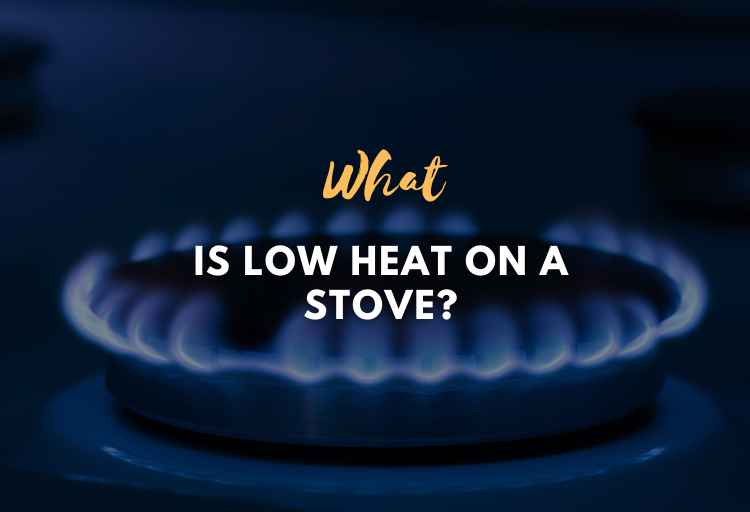
What Is Low Heat On A Stove?
Before we dive into low heat on a stove, it’s important to understand the different types of heat settings and how they work. Most stoves have four or five heat settings, ranging from low to high. Some stoves may also have a “warm” setting, which is even lower than low heat.
Low heat is typically the second or third lowest setting on a stove. It’s important to use the right heat setting for your cooking needs, as using too high of heat can cause food to burn or cook unevenly.
Low Heat on a Stove
Low heat is a gentle heat that is ideal for slow cooking, simmering, poaching, steaming, and melting. It’s important to use low heat when cooking delicate foods that can easily overcook or burn, such as sauces, custards, and caramel.
To achieve low heat on an electric stove, turn the dial to the second or third lowest setting. On a gas stove, turn the flame down to the lowest setting. If your stove doesn’t have numbered heat settings, you can test the heat by placing your hand over the burner. Low heat should feel warm but not hot.
Cooking Techniques Using Low Heat
Low heat is essential for certain cooking techniques that require slow, gentle cooking. Here are some cooking techniques that use low heat:
Slow Cooking
Slow cooking involves cooking food for an extended period of time over low heat. This method is ideal for tough cuts of meat that require long cooking times to become tender. Examples of slow-cooked dishes include pot roast and beef stew.
Simmering
Simmering is a cooking technique that involves cooking food in liquid over low heat. This method is ideal for cooking soups, stews, and sauces. Simmering allows the flavors of the ingredients to meld together and develop a rich, complex flavor.
Poaching
Poaching is a gentle cooking method that involves cooking food in liquid just below the boiling point. This method is ideal for cooking delicate foods such as fish, eggs, and fruit. Poaching allows the food to cook gently without overcooking or becoming tough.
Steaming
Steaming is a cooking method that involves cooking food over boiling water. This method is ideal for cooking vegetables, seafood, and dumplings. Steaming is a healthy cooking method that preserves the nutrients and flavors of the food. It’s also a quick and easy way to cook food without adding any fat.
Melting
Melting is a cooking technique that involves heating a solid ingredient until it turns into a liquid. This method is ideal for melting chocolate, butter, and cheese. Melting should be done over low heat to prevent scorching or burning.
Recipes That Use Low Heat
Low heat is essential for many recipes, particularly those that require slow cooking or gentle heating. Here are some recipes that use low heat:
Soups and Stews
Soups and stews are classic slow-cooked dishes that require low heat to develop their rich flavors. Examples of soups and stews that use low heat include chicken noodle soup, beef stew, and chili.
Braised Dishes
Braising is a cooking method that involves searing meat on high heat and then cooking it slowly over low heat in liquid. This method is ideal for tough cuts of meat that require long cooking times to become tender. Examples of braised dishes include pot roast, beef bourguignon, and osso buco.
Sauces and Gravies
Sauces and gravies are made by cooking ingredients together over low heat to develop a rich, flavorful sauce. Examples of sauces and gravies that use low heat include tomato sauce, bechamel sauce, and gravy.
Desserts
Low heat is essential for making many desserts, particularly those that involve melting or cooking delicate ingredients. Examples of desserts that use low heat include custards, caramel, and fudge.
Final Thoughts
Low heat is an important cooking technique that is essential for many recipes. By understanding the different heat settings on your stove and how to achieve low heat, you can become a more confident and skilled cook. Whether you’re making a slow-cooked stew or a delicate custard, low heat is the key to achieving delicious results.

